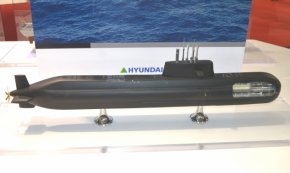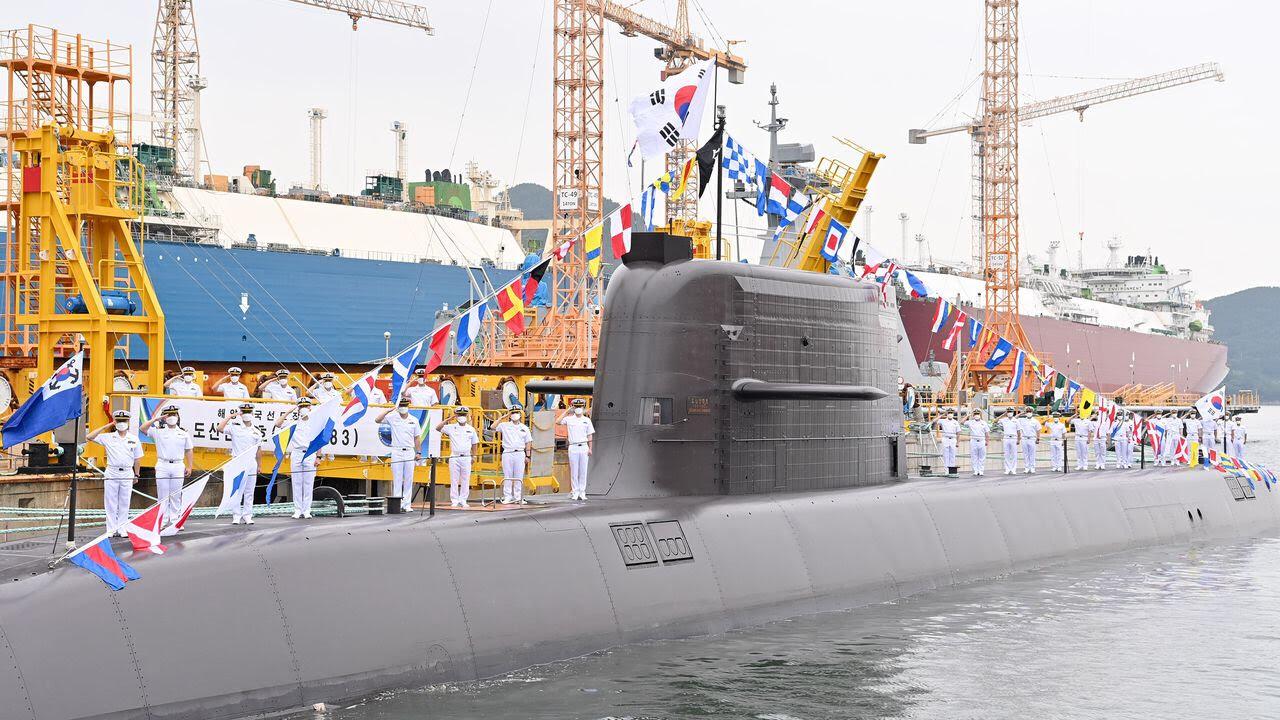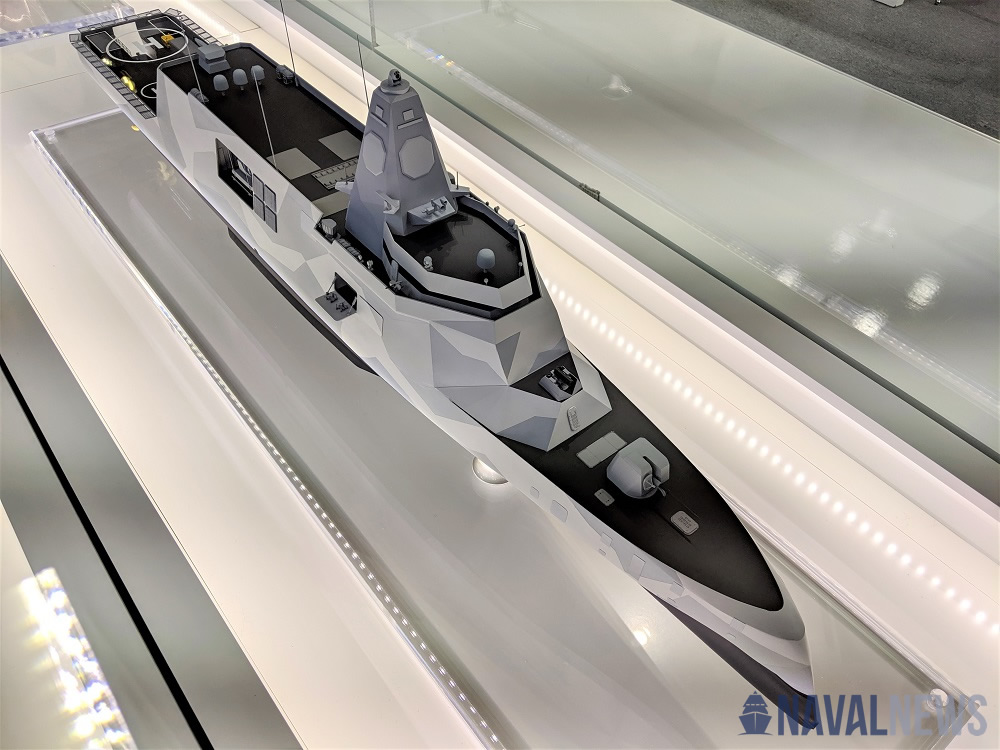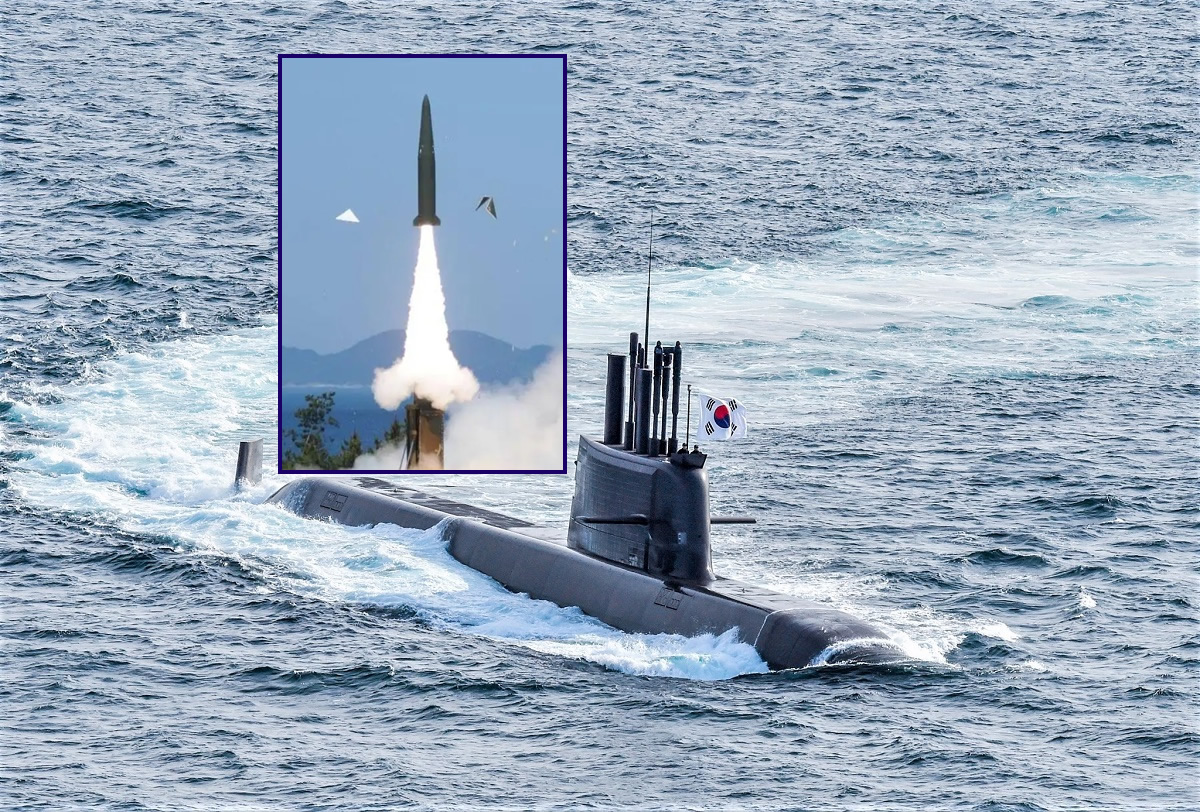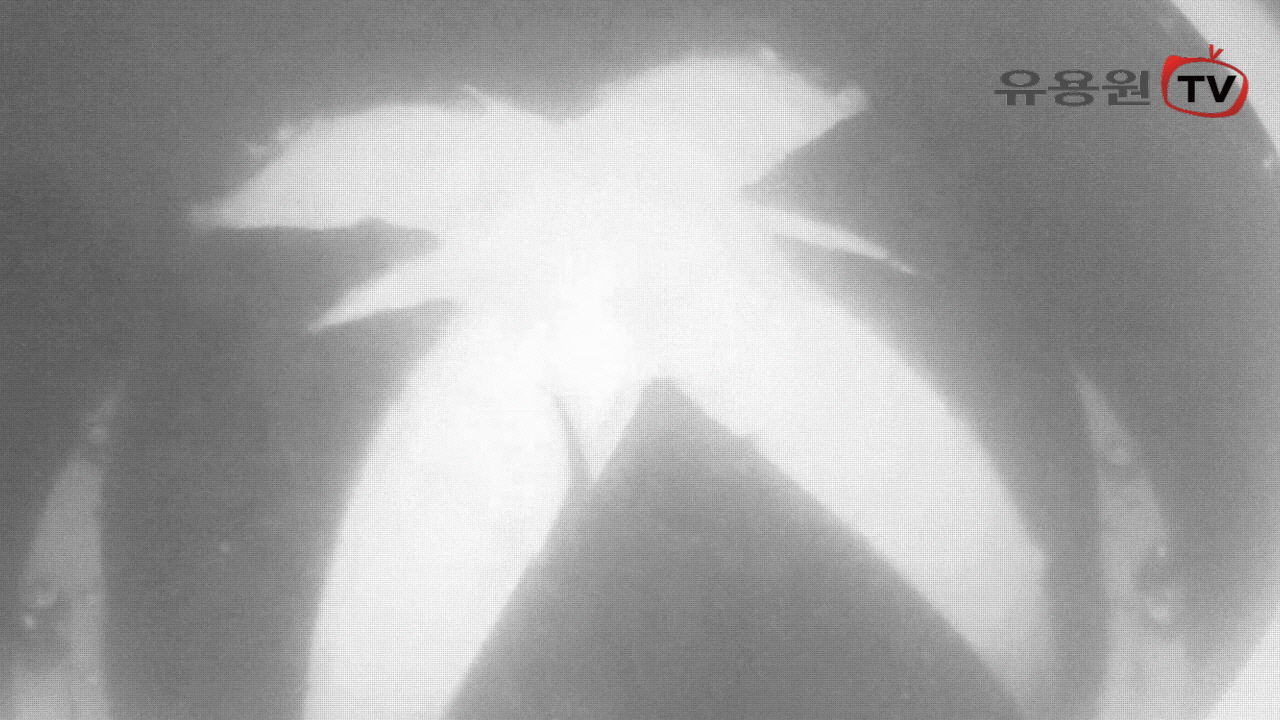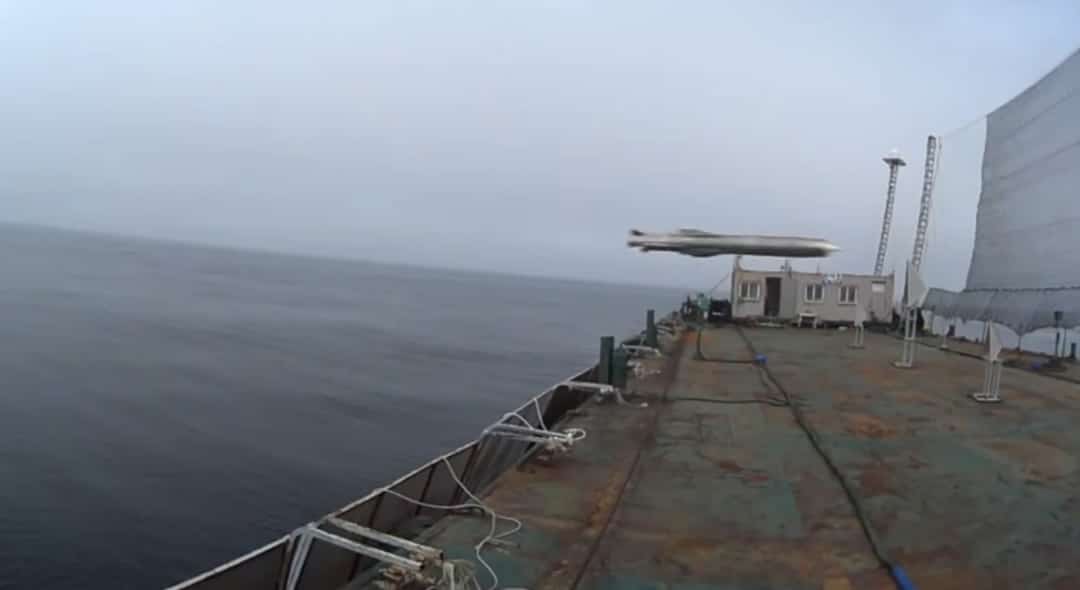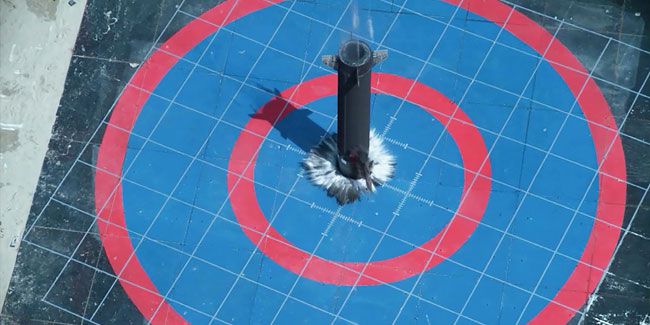Wasnt it
FFX Batch I (Incheo) : 6 ships
FFX Batch II (Daegu) : 8 ships
FFX Batch III (Ulsan) : 6 ships
FFX Batch IV : 6 ships?
1. Yes, the 6 FFX Batch-IV frigates will have the following hull numbers; FFG 836, FFG 837, FFG 838, FFG 839, FFG 841, and FFG 842.
2. The exact specifications of the FFX Batch-IV frigates are not yet known. Their displacement is expected to be between 4,500 to 5,000 tons. Some have pointed to conceptual designs proposed by Hyundai Heavy Industries (HHI), as being an indicator of what the FFX Batch-IV will be like.
Edit: 3. The 3,500 ton FFX Batch-III frigates are 129 metres in length and a width of 15 metres with a top speed of 30 knots — with a 4-sided fixed multi-function phased array radar capable of 360 degrees detection, tracking and engagement.
(a) Computer-generated imagery that accompanied HHI’s media release suggest that this equipment could either be the ELM-2248 (MF-STAR) multifunction surveillance radar from Israel’s ELTA Systems, which is also found on the RoKN’s second Dokdo-class amphibious assault ship, or an indigenously developed product of South Korean company Hanwha Systems.
(b) First ship to be delivered by HHI in 2024, after the US$325 million contract was signed in Jun 2020. For FFX Batch-III, Rolls-Royce will also supply Engine Health Management capability with its MT30 marine gas turbine.


